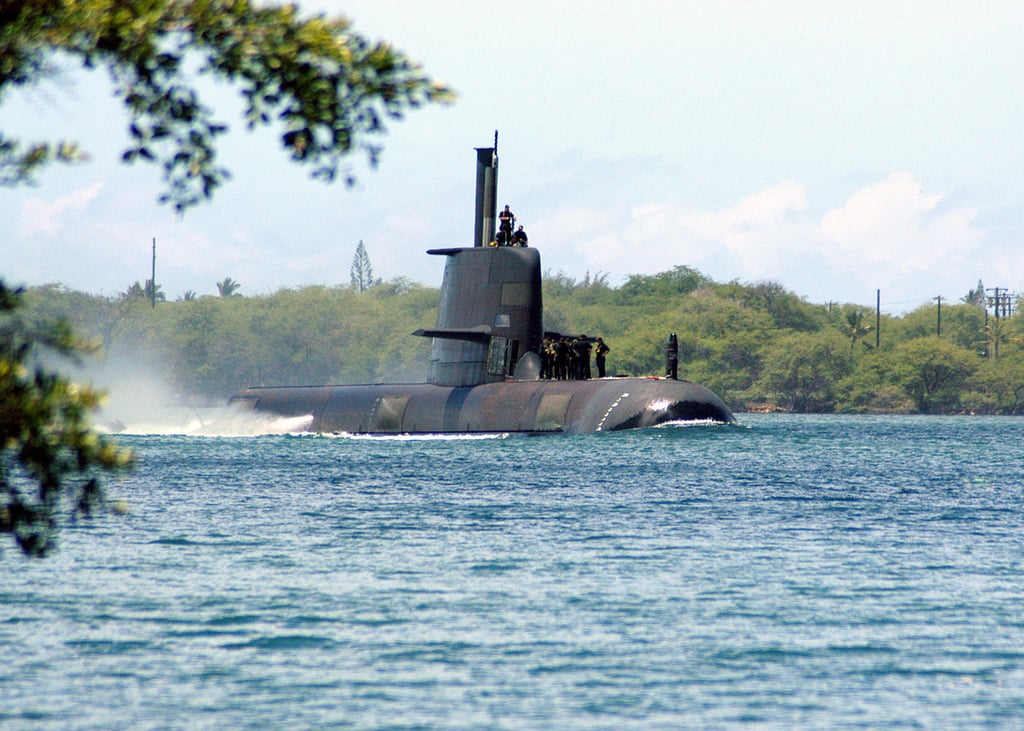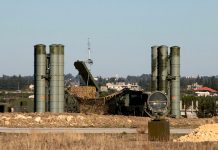
U.S. lawmakers from both parties are pressing the Trump administration to uphold the trilateral security agreement aimed at providing Australia with nuclear-powered submarines. This appeal comes as the Pentagon conducts a review of the pact and examines the implications for America’s shipbuilding infrastructure.
Two weeks ago, the Defense Department announced it would review AUKUS, the four-year-old pact established under the Biden administration with Australia and the United Kingdom. The review indicates that the Republican administration is scrutinizing a partnership seen by many as central to U.S. efforts to counter China’s influence in the Indo-Pacific region. Completion of the review is expected this fall.
“AUKUS is vital for strengthening deterrence in the Indo-Pacific and advancing undersea capabilities essential to maintaining peace and stability,” Republican Rep. John Moolenaar of Michigan and Democratic Rep. Raja Krishnamoorthi of Illinois wrote in a July 22 letter to Defense Secretary Pete Hegseth. Moolenaar chairs the House China panel, and Krishnamoorthi serves as its top Democrat.
The review occurs amid the Trump administration’s efforts to rebalance global security priorities while grappling with a weakened industrial base that has limited the U.S.’s ability to build sufficient warships. The effort is being led by Elbridge Colby, the Pentagon’s third-ranking official, who has expressed doubts about the partnership.
“If we can produce the attack submarines in sufficient quantity and speed, that’s ideal. But if not, it becomes a serious challenge,” Colby said during his March confirmation hearing. “This comes back to restoring our defense industrial capacity so that we can produce not only for ourselves but for our allies without facing difficult trade-offs.”
U.S. Shipbuilding Challenges
Under the $269 billion AUKUS agreement, the U.S. is set to provide Australia with three to five Virginia-class nuclear submarines, with the first delivery expected by 2032. The U.S. and U.K. would also assist Australia in designing and building an additional three to five attack submarines, creating an eight-boat fleet.
A March report from the Congressional Research Service warned that constraints in U.S. shipbuilding—including workforce shortages and limited supply chains—threaten the partnership’s success. The report noted that selling vessels to Australia could result in a two-decade shortfall of attack submarines for the U.S. Navy.
Although the Navy has been ordering two submarines per year over the past decade, production has averaged only 1.2 Virginia-class subs annually since 2022, the report said. “The delivery pace is not sufficient to meet the first pillar of AUKUS,” Admiral Daryl Caudle, nominee for Chief of Naval Operations, testified before the Senate Armed Services Committee last month.
Australia’s Investment and Collaboration
Australia has contributed $1 billion to strengthen the U.S. submarine industrial base, with an additional $1 billion expected by year-end. Overall, the country plans to invest $3 billion to support U.S. production capacity, sending industry personnel for training at American shipyards and naval personnel for submarine instruction.
“Australia is committed to making a proportional contribution to the U.S. industrial base,” an Australian defense spokesperson said in July. “Our investment is aimed at accelerating U.S. production and maintenance to enable delivery of Australia’s future Virginia-class submarines.”
The three nations have also tested communication systems with underwater autonomous platforms. The partnership includes joint development of advanced technologies ranging from undersea systems to hypersonic capabilities. At the Aspen Security Forum, Kevin Rudd, Australian ambassador to the U.S., emphasized that his country plans to increase defense spending to support its first nuclear-powered submarine program, which will also provide expensive maintenance facilities for the U.S. Indo-Pacific fleet in Western Australia.
Rudd expressed confidence that both governments “will work our way through these challenges.”
Strategic Importance of AUKUS
Bruce Jones, senior fellow at the Strobe Talbott Center for Security, Strategy and Technology, told the Associated Press that placing submarines in Western Australia strengthens the undersea domain crucial for U.S. deterrence in the Western Pacific. “The right response is not to accept the current pace of submarine production but to accelerate it,” he said.
Jennifer Parker, a former Royal Australian Navy officer and founder of Barrier Strategic Advisory, added that the arrangement is not zero-sum. “Selling a submarine to Australia might reduce our count on paper, but it expands operational access from Australia and enhances maintenance capabilities. The benefits extend beyond Australia alone,” she said.
Defense policy has been one of the few areas where Republican lawmakers have pushed back against the Trump administration, though their stance is being tested by the Pentagon’s AUKUS review. Lawmakers from both parties continue to support the partnership and note that congressional funding totaling $10 billion since 2018 has helped rebuild the U.S. submarine industrial base.
Sen. Tim Kaine, D-Va., emphasized bipartisan backing for AUKUS, particularly on the Armed Services Committee. “There’s some confusion regarding the Pentagon’s analysis,” Kaine said, suggesting that the review will likely reaffirm that the partnership is beneficial.




